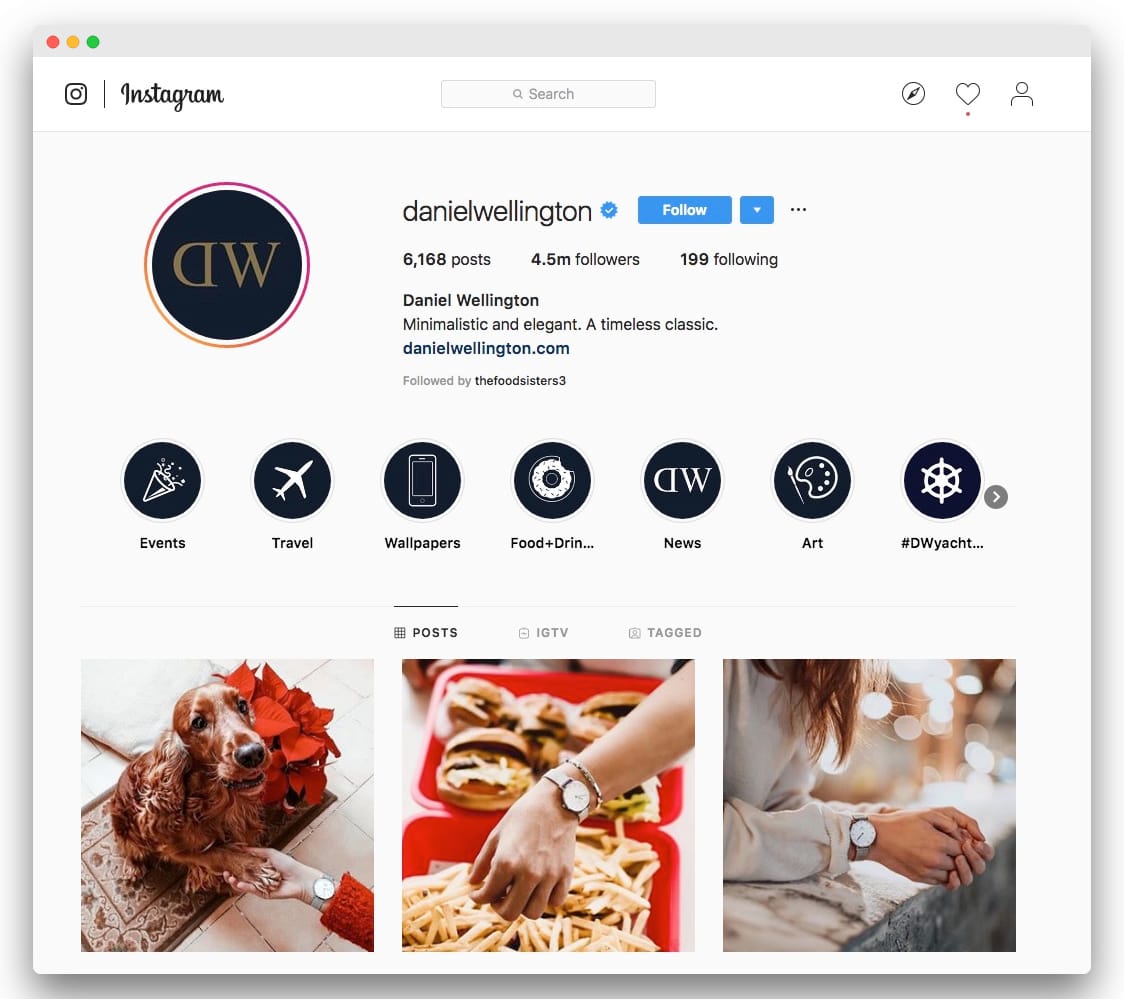
The Greek philosopher Heraclitus of Ephesus, once remarked:
“The only thing that is constant Is change..”
That quote still holds true thousands of years later, when we speak about scientific and technological advancements in today’s time.
It even applies to the world of marketing where advertisers, business owners, brand managers and marketing directors struggle to grapple with the ever-changing digital marketing landscape.
So many changes, so little time.
With innovation in digital media, changes in customers’ buying cycles and the digitization of commercials, marketing has once again evolved.
P.S. If you’re still an advocate of television advertising and believe that traditional media is the way to go, I got some shocking news for you.
Check out these news headlines:

With such an intense shift from TV to online, it’s safe to say that digital and “analytical marketing” is the way to go.
Brands can no longer sustain themselves on unmeasurable, mass-marketing strategies.
It’s about time to embrace the new form of marketing that’s automated, data-driven, futuristic and bullet-proofed against competition.
To carry that conversation forward, here are 5 digital marketing trends for 2019 that will shape the way your business will operate.
I’ve sprinkled helpful links within each trend to help you navigate your way further into the future of marketing.
Let’s dive right in.
Digital Marketing: 2019 Trends and Statistics
Trend 1: Email and Marketing Automation
I’ve said this earlier. I’m going to say this again.
Email marketing works wonders!
Not the kind that you send in bulk to your entire database, “hoping” that someone turns into a customer.
That form of marketing (also called “spamming”) must have worked years ago, but not anymore.
Today’s customers prefer personalization. They love when you have conversations with them, or at least make them feel unique.
In fact, personalization is the key to winning new customers. It makes email marketing bearable and effective.
Some companies even go the extra mile of segmenting their database based on their audience profiles and interests to send them relevant content and marketing messages.
Plus, the new GDPR consumer protection ordinance has made email marketing even more stringent, in terms of audience filtration and permissions.
In 2019, many companies will start focusing more on sending quality emails to a targeted segment instead of sending bulk emails to an unsolicited one.
The best part about email marketing is that it can be automated.
You really don’t have to track each customer’s buying cycle and manually sort emails for the right group.
It’s all made possible through marketing automation.
CRM softwares like Hubspot offer this functionality to put your marketing efforts on autopilot.
Although marketing automation isn’t the hottest new trend, it’s going to be increasingly embraced by companies this year.
Benefits of email marketing and automation include:
- Reduction of repetitive marketing tasks that are manual and time-intensive in nature;
- Less margin for error because of fool-proof workflows and logical commands; and
- Efficiency among marketing personnel to help them focus on strategic decisions and creative tasks;
Trend 2: SEO will evolve into Topic Clusters & Pillar Content
SEO has become extremely competitive.
I can confidently state that because I’ve witnessed the evolution of the digital marketing landscape during my time at a digital agency in Dubai.
Right now, the most difficult part about Search Engine Optimization is “differentiation”.
How can your brand stand out when everyone is doing SEO the same way?
In fact, a lot of companies in the same industry even have extremely similar Title Tags.
How will the user, then, differentiate between who’s who and who’s reliable.
To make matters worse, everyone’s fighting for the same keyword and employing grey-hat tactics to generate leads.
In a case like this, trust has been tossed out of the window.
That’s why we need a new form of SEO.
The one that works on trust.
A content-powered, customer-focused approach that educates customers along their buyers’ journey.
Introducing Topic Clusters and Pillar content.
It’s a content-marketing exercise with SEO at its core.
SEO is now slowly transforming into topic clusters, where the focus isn’t on individual keywords, but instead around a topic.
This approach has a long-form content piece at the center of it all, which acts as the main hub of educational content. This big blog article is known as the “pillar content” or “pillar page.”
It covers all the keywords and around a particular topic and includes links to individual articles and content pieces that are more detailed.
By creating an interconnected network of blog articles, that are all connected to a larger unit, you’re letting search engines understand that the pillar content is the main authority.
Here’s an example to help you understand better:
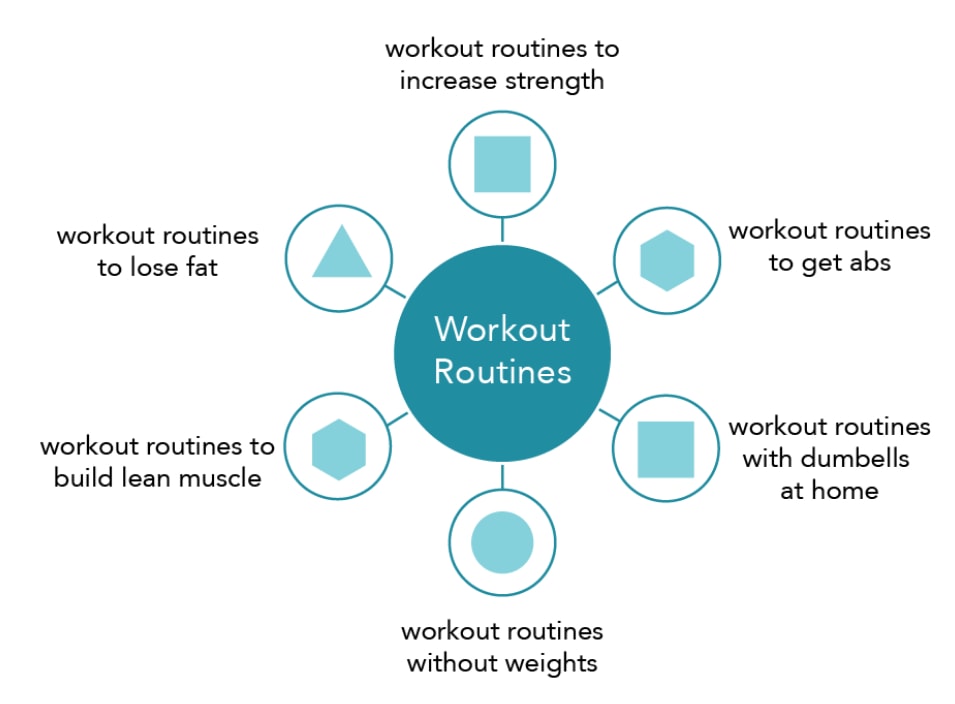
As you can see, the central content is the most comprehensive of them all and has sub-articles that are connected to it.
For a marketer or entrepreneur like you, this can be quite daunting, especially because you might not know where to start from.
So, here’s an excellent resource to get started with topic clusters and pillar content.
Trend 3: Voice Searches will get Increasingly Popular
Fun fact:
There are 3.5 billion searches performed on Google everyday.
Every day!
And almost one-thirds of these search queries are made using voice commands.
This percentage is expected to rise significantly by next year.
In fact, reports suggest that 50% of all online searches will be voice-based by 2020.
So, if your website isn’t voice search-friendly by next year, you risk missing out on a lot of valuable leads.
Majority of these voice searches are made on smartphone features such as Google Assistant, Amazon Alexa and Siri by Apple.
Apart from that, smart home speakers such as Google Home, Amazon Echo and Apple Homepod are becoming notoriously popular among millennials.
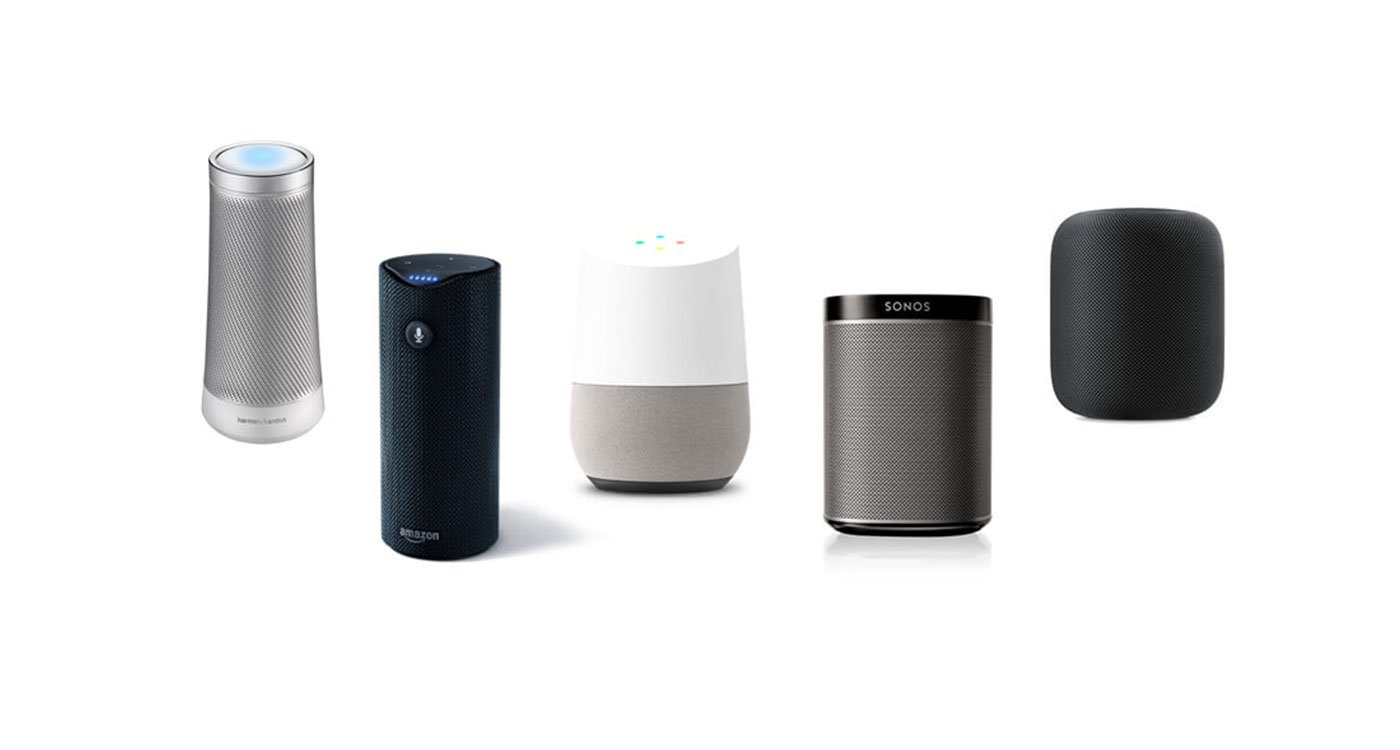
These devices can instantly process your voice commands, convert them to text and run online searches to deliver the best results in the form of answers.
From an e-commerce point of view, customers can able to order items online using voice commands. The continuous improvement in their linguistics are making conversations human-like and natural.
In fact, you can even integrate your house’s appliances with these smart home speakers to control electronics and lighting systems using your voice.
How will this affect marketers and entrepreneurs like you?
- Firstly, voice search will disrupt SEO and online searches.
Therefore, UI optimization and heading tags need to be carefully reconsidered.
- Secondly, marketers and SEO experts need to focus on displaying rich snippets, because 80% of Google Home results come from snippets (Source)
- Thirdly, the length of voice searches is longer than typical searches.
That’s why, you’ll need to start optimizing your website for long-tail keywords to get considered during a search transaction.
A research by OC&C Strategy Consultants states that voice commerce was a $1.8 billion retail segment in the U.S. and $200 million in the U.K. in 2017.
This value is expected to rise to $40 billion in the U.S. and $5 billion in the U.K. by 2022.
All the more reason for you to consider voice search before your website gets overwhelmed with last-minute catching up.
Trend 4: Usage of Artificial Intelligence Targeting & Personalization
According to a Forrester’s Global State of Artificial Intelligence Online Survey:
57% of businesses are using AI to improve their customer experience and support; while
44% are using AI to make improvements to existing products and services.
These numbers are enough to shed light on the rising usage of AI in 2019.
From customer segmentation to product recommendations, retargeting, and e-commerce, artificial intelligence are heralding a new time for marketers and brands.
Combined with machine learning algorithms and data science, AI is becoming increasingly powerful and smart in marketing applications.
Personalization is an excellent example of using AI to achieve business excellence.
Here’s how the formula works:
Data Input into CRM + Machine Learning + Artificial Intelligence Application + Automation = Personalization
In other words, companies can now tailor-make their marketing efforts around leads in order to convert them more efficiently.
Research suggests:
67% of marketers believe that AI is currently delivering personalized headlines and advertising copy; while
66% believe its delivering personalized advertising design formats and initiating personalized advertising creative. (Source: Marketing survey by IDC in collaboration with Criteo).
According to this infographic by Impact, spending on AI technology will increase to $46 billion by 2020, a 700% increase since 2016.
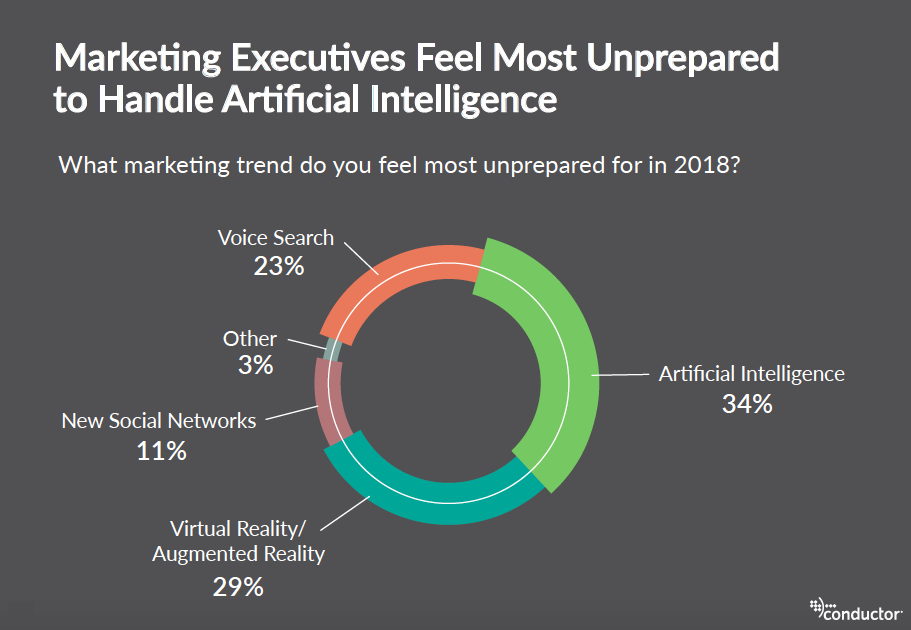
Although AI is a great ally, it can never replace the creative thinking ability of the human brain.
Daniel H. Pink, New York Times Bestselling author, reinforces what I just stated above in his book called “A Whole New Mind” stating that “the future belongs to a different kind of person with a different kind of mind: artists, inventors, storytellers-creative and holistic "right-brain" thinkers whose abilities mark the fault line between who gets ahead and who doesn’t.”
That’s a cue for creative content creators and story-tellers to up their game in order to face increasing competition by artificial intelligence-driven content platforms.
Trend 5: Rise of Influencer Marketing
Ever since Instagram stories and IGTV were launched, content distribution and consumption has changed dramatically.
Companies whose target audience are millennials, are working closely with influencers to reach followers in a non-disruptive manner.
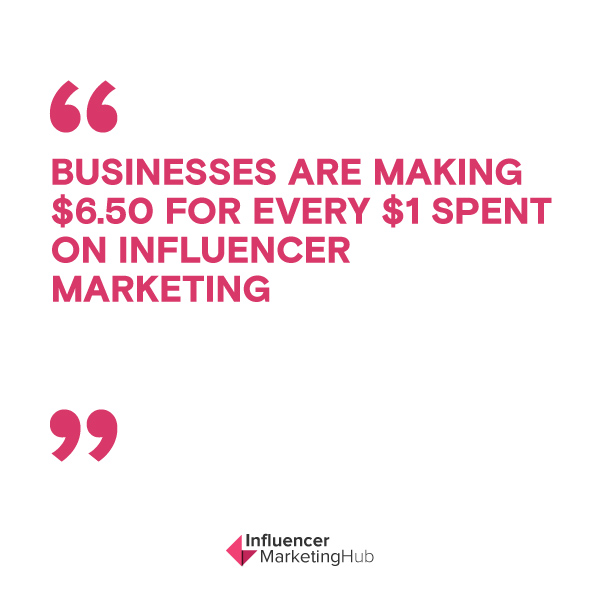
The logic behind influencer marketing is summed up below:
People trust influencers on social media because they chose to follow them, in the first place.
When a genuine influencer recommends a product (using paid partnerships, brand collaborations or just out of genuine intentions), their audience listens, engages and acts upon their advice.
In other words, if you want to influence an audience, team up with individuals who already have an influence over your potential customers.
That’s the power of influencer marketing.
Although the ethics of influencer marketing are up for debate, it’s still a better medium than mass-marketing to an audience who doesn’t know your brand.
In their Q3 2018 Social Media Trends Report for the Middle East, Facelift (a leading social media tool) reports that:
“Instagram is the most engaging social media platform, as compared to Facebook and Twitter.”
Here’s a screenshot from the report. You can read the complete version here.
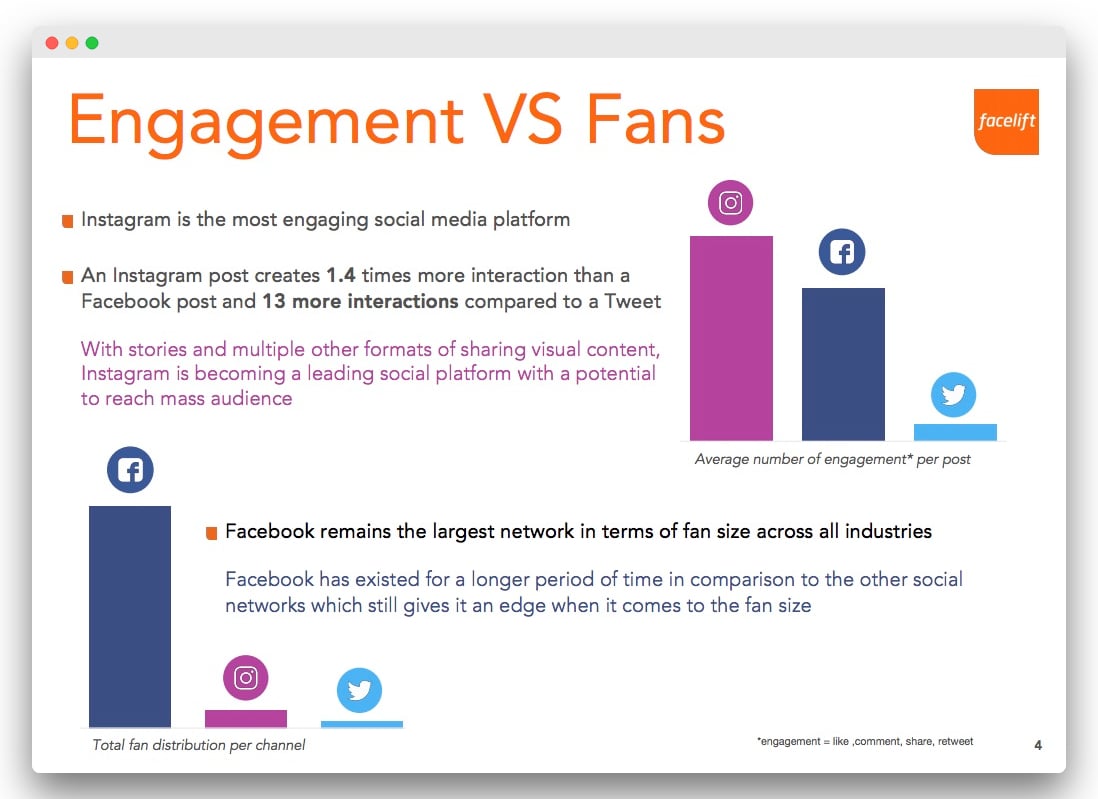
Swedish watchmaker, Daniel Wellington, is a fine example of well-strategized influencer marketing campaigns.
The minimalist-design watch brand was started by Filip Tysander, who named it after a series of meetings with an intriguing Englishman who wore a vintage Rolex watch with a nylon strap.
Inspired by the watch, he decided to launch his own brand after the Englishman’s name - Daniel Wellington.
He invested $US15,000 as seed capital and grew it to revenues of $220 million using influencer marketing!
Not only that, Daniel Wellington also became Europe’s fastest growing company between 2013 and 2015, posting 4700% growth.
In the year 2014, they reached the milestone of one million timepieces in annual sales, as compared to Rolex who took 111 years to reach that milestone.
The marketing strategy that helped Daniel Wellington overthrow century-old brands revolved around user-generated Instagram pictures of Daniel Wellington watches, worn by micro-influencers.
They gave away free watches to select influencers while asking them to post a picture of the watch on their personal profile, using the branded hashtag #danielwellington.
To manage the quality of images uploaded, DW ran a “pick of the day” campaign, uploading the most tastefully selected user-generated images.
Here’s one example from Dubai-based fashion blogger, Delia Lobo who goes by the Instagram name “Desert Glam”.


And folks, that’s how DW has more than 4.5 million followers while more than 2 million Instagram posts carry the branded hashtag #danielwellington. (These numbers were calculated at the time of writing this article)
To regulate the demand and supply of influencers in the region, the UAE government even passed a law making it mandatory for all paid influencers to obtain an e-media license from the council, as well as a trade license if they are not under an agency.
This law helps brands get the most value out of their influencer marketing campaigns and curbs the rise of fake influencers.
While we’re at it, here’s the Ultimate List of Instagram Influencers in Every Industry (94 and Counting!)
Summing it all up..
Don't face new marketing trends with old solutions.
As an entrepreneur and marketer, it's incumbent upon you to be agile and hop on the latest trends from time to time.
This'll help you keep your business at the center of attention and go with the flow.
Although new trends such as pillar content and voice research may involve disruption of your existing way of marketing, it'll all be worth it in the end, since you'll have the first mover advantage if you act right away.
Get in touch if want your business to be ready for the future of marketing.





